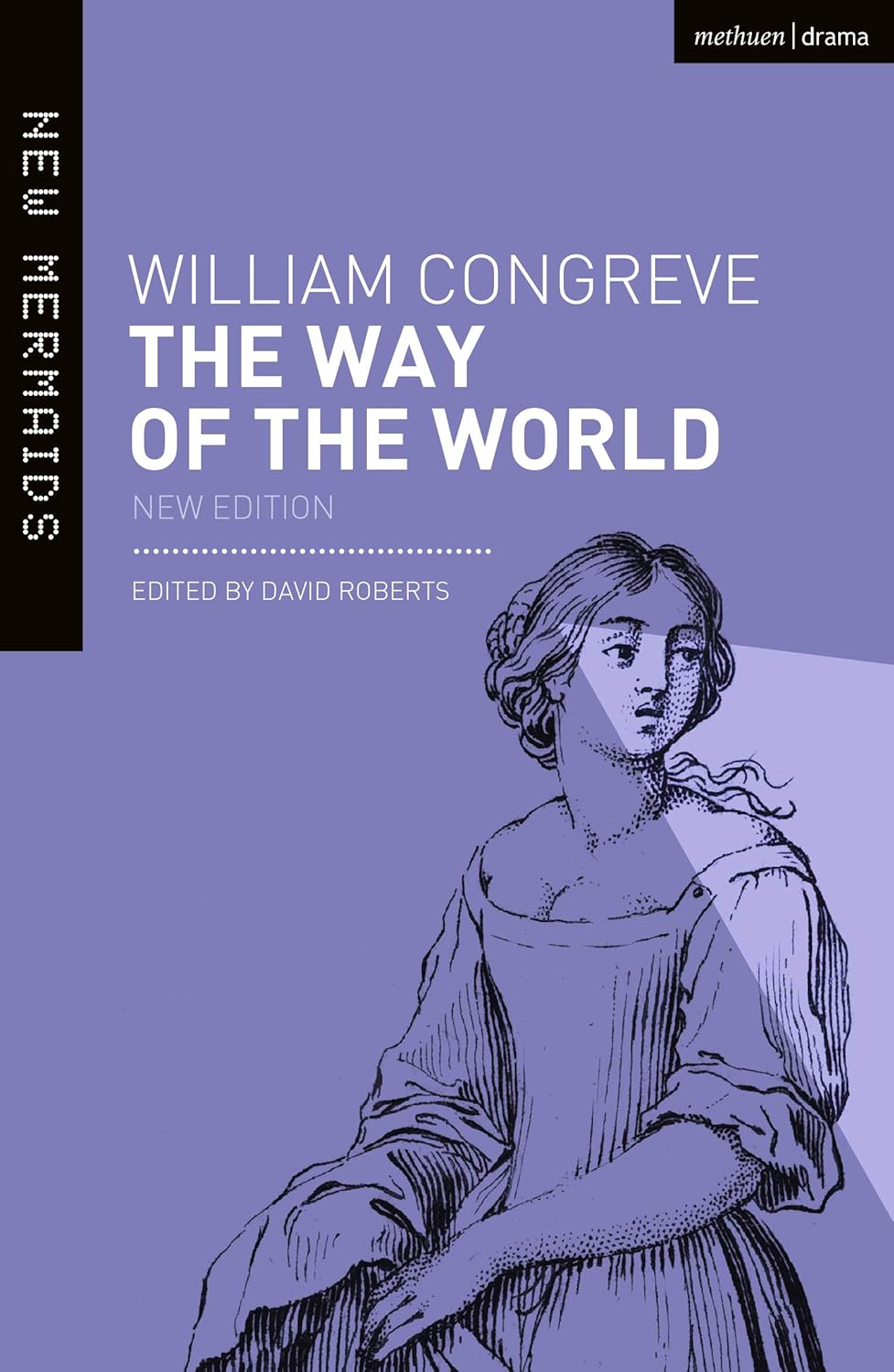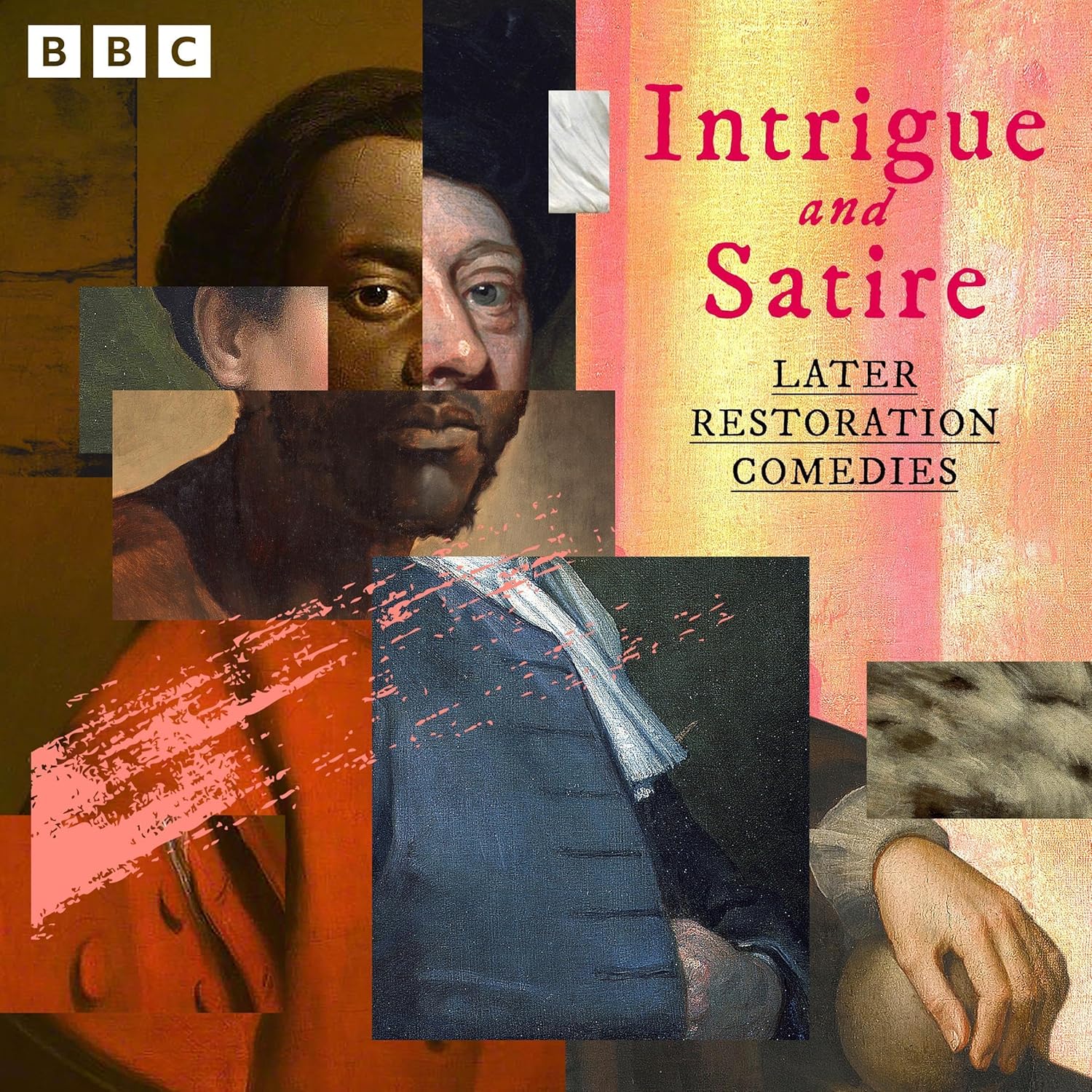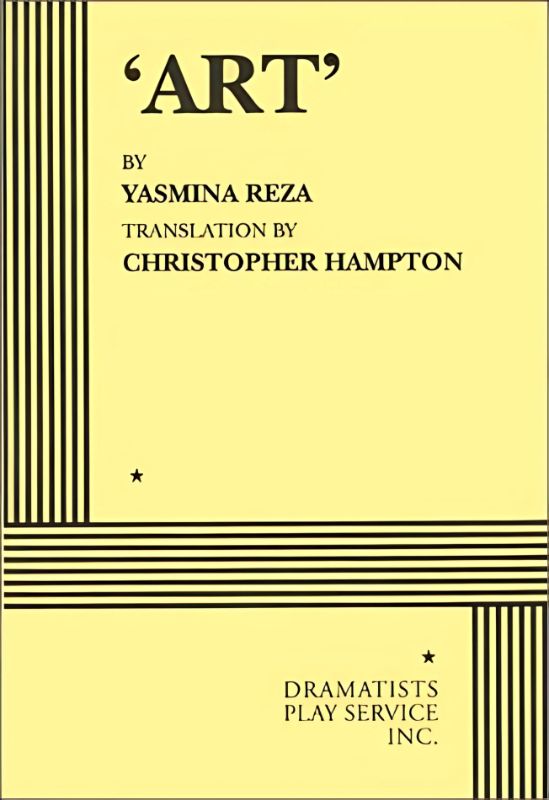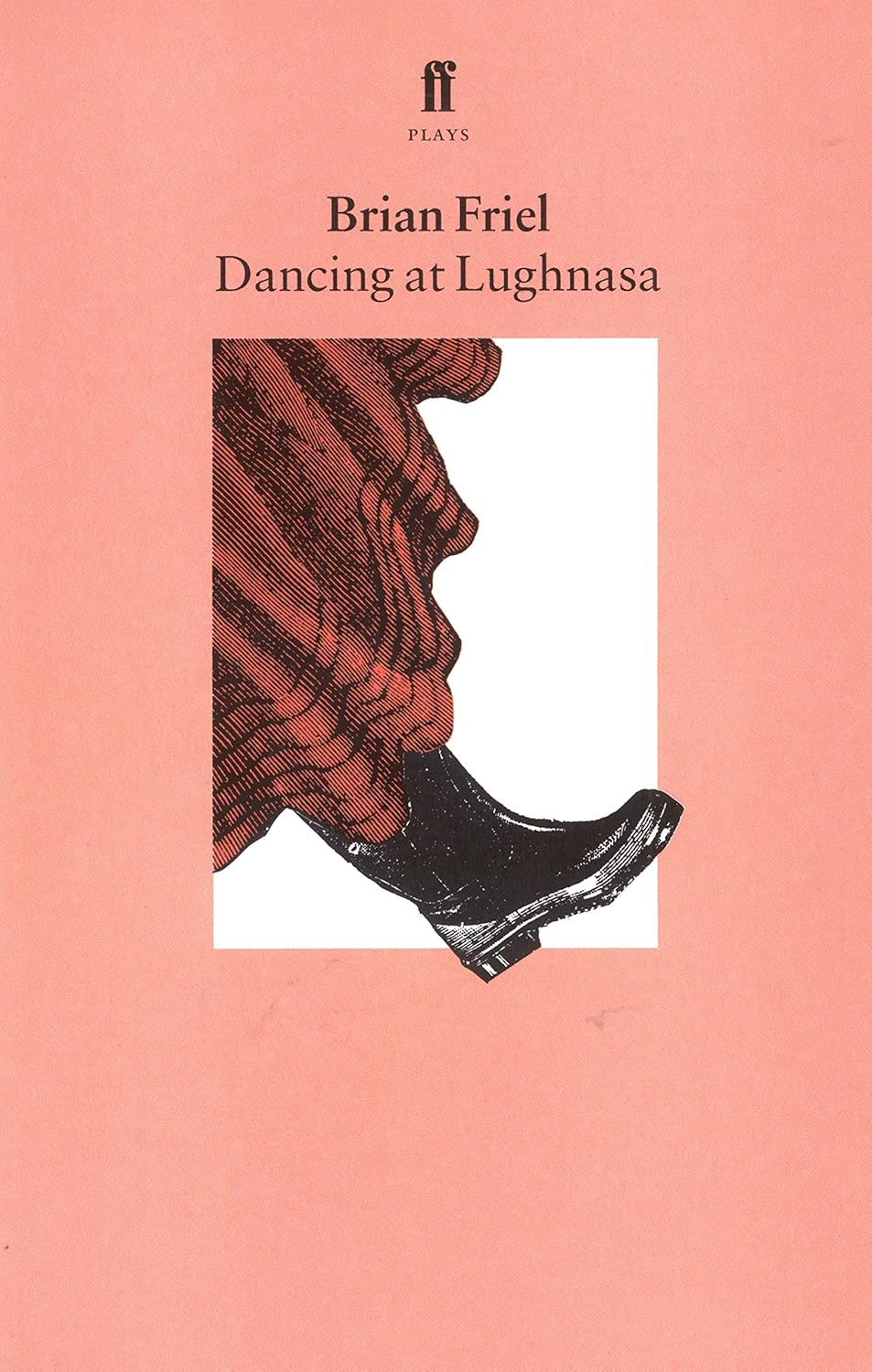A Comedy of Manners That Changed Everything
In a world obsessed with influencers, social climbing, and relationship drama, William Congreve’s “The Way of the World” feels surprisingly modern. When it premiered in 1700, this razor-sharp comedy about love, money, and manipulation in London’s high society wasn’t just another play – it was the finale of an entire theatrical era. Think of it as the “Succession” of its day, but with more wigs and even wittier dialogue.
Quick Facts
- First performed: 1700 at Lincoln’s Inn Fields Theatre, London
- Genre: Restoration Comedy of Manners
- Runtime: Approximately 3 hours (modern productions often cut to 2.5)
- Structure: Five acts
- Initial reception: Mixed (considered too clever for its time)
- Notable revivals: Nicholas Hytner’s 1992 National Theatre production, Théâtre du Nord-Ouest Paris 2018
Just want to read the play?

Methued Drama New Mermaids edition
Edited by David Roberts with an essay on the play’s stage and critical history from 1700 to the present.

BBC Radio drama version
Includes 11 full-scale professional productions. In addition to The Way of the World, the pack includes Oroonoko, The Old Bachelor, The Recruiting Officer and more.
Free version? Try the version on Project Gutenberg: https://www.gutenberg.org/files/1292/1292-h/1292-h.htm
Historical Context
The 1700s were a fascinating time in English theater. After years of Puritan rule had kept theaters dark, the Restoration period brought back entertainment with a vengeance. Think of it as England’s cultural renaissance after a very long hangover. The aristocracy wanted to see themselves reflected on stage – their wit, their scandals, and especially their sexual intrigues.
Congreve wrote “The Way of the World” at the end of this period, when audience tastes were already changing. Like a master chef preparing one last perfect meal before the restaurant closes, he created what many consider the most sophisticated comedy of manners ever written.
Plot Overview
At its heart, “The Way of the World” follows the romance between Mirabell and Millamant, two witty young lovers who must navigate a maze of social conventions, family obligations, and financial necessities to be together. But calling this just a love story is like calling “War and Peace” just a war story.
The plot revolves around Mirabell’s elaborate scheme to marry Millamant and secure her inheritance from her aunt, Lady Wishfort. To do this, he must:
- Prevent a rival’s marriage
- Expose multiple imposters
- Manipulate several marriages
- And somehow convince a woman who hates him (Lady Wishfort) to give her blessing
It’s essentially a 17th-century rom-com written by someone with the verbal dexterity of Oscar Wilde and the plotting skills of Christopher Nolan.
Themes & Analysis
Love and Marriage as Business
Long before Jane Austen examined the marriage market, Congreve showed us love in an age where marriage was more about contracts than hearts. The famous “proviso scene” between Mirabell and Millamant, where they negotiate the terms of their marriage, remains one of theater’s most clear-eyed views of relationship dynamics.
Appearance vs. Reality
In a world where reputation is everything, everyone wears a mask (sometimes literally). The play’s genius lies in showing us both the public faces characters present and their private machinations. It’s like a period drama version of social media versus reality.
Power and Gender
Despite the patriarchal setting, the women in “The Way of the World” are remarkably powerful. Millamant’s negotiation of her marriage contract was revolutionary for its time, and Lady Wishfort, despite being somewhat ridiculous, holds enormous financial power over everyone else.
Revolutionary Elements
Congreve’s masterpiece revolutionized comedy in several ways:
- Psychological Complexity: Characters aren’t just types; they’re fully realized individuals with contradictory desires and complex motivations.
- Language: The dialogue isn’t just witty; it’s practically orchestral. Characters fence with words like master duelists, each phrase carrying multiple meanings.
- Social Commentary: While most Restoration comedies were content to simply mock society, Congreve’s play actually examines why society works (or doesn’t work) the way it does.
Cultural Impact
“The Way of the World” influenced:
- Later comedy of manners (Oscar Wilde’s plays are clear descendants)
- Modern romantic comedy structures
- Television shows about social manipulation (yes, including “Gossip Girl”)
- Feminist theater (through its strong female characters)
Staging & Performance
The play presents unique challenges:
- The language is complex and requires perfect timing
- The plot is intricate and must be kept clear for audiences
- The style must balance period authenticity with contemporary relevance
- The comedy must work without losing the underlying serious themes
Reading Guide
Best Editions
- New Mermaids Edition (best annotations)
- Norton Critical Edition (best historical context)
- Methuen Drama (best for performers)
Reading Tips
- Start with the dramatis personae and note the relationships
- Read the dialogue aloud to catch the rhythm
- Pay attention to the double meanings in conversations
- Watch for the subtle power shifts between characters
Contemporary Relevance
The play’s themes remain startlingly relevant:
- The commodification of relationships
- The power of social reputation
- The gap between public and private behavior
- The negotiation of power in relationships
- The role of money in love and marriage
Fun Facts & Trivia
- The play contains one of theater’s first prenuptial agreement scenes
- Congreve quit writing plays at age 30 after this work’s initial mixed reception
- The character names are all meaningful: Mirabell (“beautiful”), Millamant (“thousand lovers”), Wishfort (“desires strongly”)
- The play was considered too sophisticated for audiences in 1700 but became a huge success in later revivals
Why It Matters Now
“The Way of the World” isn’t just a brilliant comedy – it’s a master class in human nature. In an era of dating apps, social media, and complex relationship dynamics, its insights into how people navigate love, money, and power feel more relevant than ever.
The play shows us that while the world may change, the way of the world – how people scheme, love, and try to control their destinies – remains remarkably consistent. It’s a reminder that good theater isn’t just about entertainment; it’s about understanding ourselves better.
Additional Resources
- Brian Gibbons’ “Congreve’s Comedies” (critical analysis)
- The National Theatre’s 1992 production (available on Digital Theatre Plus)
- BBC Radio 3’s In Our Time episode on Restoration Comedy
- The British Library’s Restoration Theater collection
For theater lovers, scholars, or anyone interested in the complex dance of love and power, “The Way of the World” remains an essential read. It’s not just a great play – it’s a sophisticated examination of how humans navigate desire, society, and each other. In our world of carefully curated social media personas and complex relationship dynamics, Congreve’s masterpiece feels more relevant than ever.





Leave a Reply